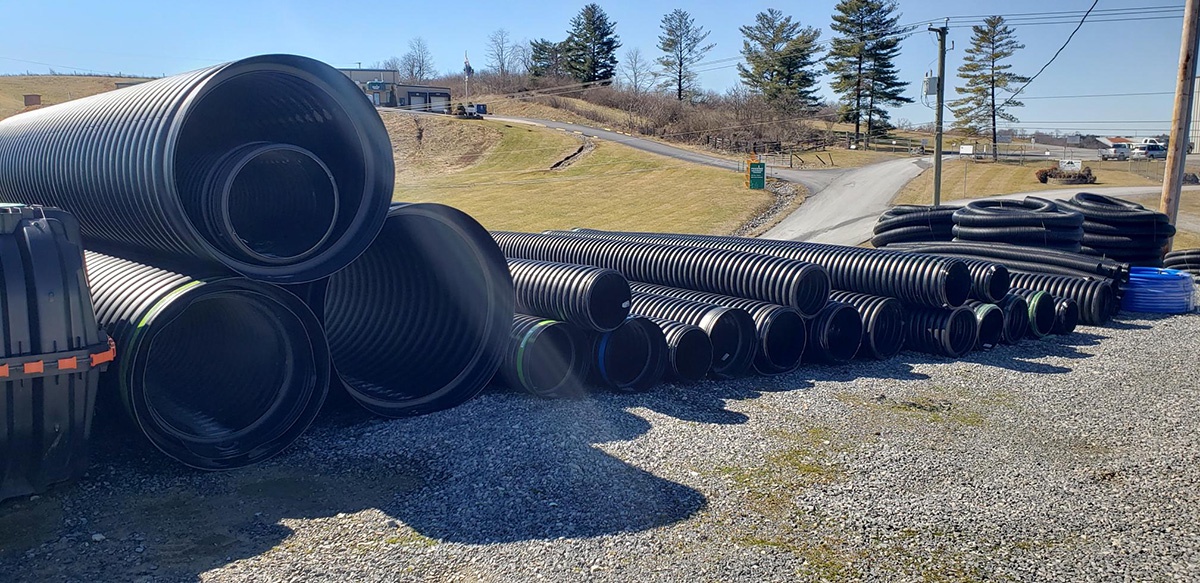When it comes to construction materials, two of the most popular options are concrete and steel. Both materials have their unique strengths and weaknesses, and choosing between them largely depends on the specific requirements of a project. It's essential to understand the differences between them to make an informed decision when choosing which one to use.
Understanding the differences and specific purposes will allow you to choose materials more appropriately and make durable, strong, and efficient end products for your business or personal projects.
This article will highlight some major differences between concrete and steel and factors that you should consider when hiring steel or concrete contractors for your business or personal projects. So, without further ado, let us explore the differences between concrete and steel.
1. Composition and Properties
Concrete is a composite material of cement, water, and aggregates, such as sand, gravel, or crushed stone. It hardens and gains strength over time, making it a durable and long-lasting material. Concrete is also fire-resistant and can withstand high temperatures, making it an ideal material for structures that need to be fire-resistant.
On the other hand, steel is an alloy made up of iron and carbon, with varying amounts of other elements, such as chromium, nickel, and molybdenum. Steel is much stronger and more durable than concrete, making it an excellent material for structures that require high strength and stability. It also has a high melting point and is resistant to fire, making it a suitable material for structures that need fire-resistant.
2. Advantages and Disadvantages
Concrete has several advantages over steel. For starters, it is cheaper and more readily available than steel. Concrete also has a longer lifespan than steel, with some concrete structures lasting up to 100 years or more. Additionally, concrete is more environmentally friendly than steel, as it requires fewer resources to produce and can be recycled and reused for other purposes.
However, concrete also has several disadvantages. One of the biggest drawbacks of concrete is its weight. Concrete is a dense material, and as a result, structures made of concrete are often much heavier than those made of steel. This can be a problem in areas with poor soil conditions, where the structure's weight can cause settlement or even collapse. Additionally, concrete is not as flexible as steel, making it more susceptible to cracking and other damage over time.
Steel also has several advantages over concrete. One of the biggest advantages is that it is much stronger and more durable than concrete, making it an excellent material for structures that require high strength and stability. Additionally, steel is more flexible than concrete, allowing for more intricate and complex designs. Steel is also easier to work with than concrete, as it can be easily cut, shaped, and welded into place. To increase the strength or properties of steel, you can combine it with other alloying elements or metals.
However, steel also has several disadvantages. One of the biggest drawbacks of steel is its cost. Steel is more expensive than concrete, and the price of steel can fluctuate depending on supply and demand. Also, steel is susceptible to corrosion and rust, weakening the material over time. To combat this, steel structures often require coatings or other treatments to prevent corrosion. Consider using steel alloy to avoid these problems if you can easily afford expensive metals.
3.Applications
Both concrete and steel have their applications in the construction industry. Concrete is often used to construct buildings, bridges, and other structures that require a high degree of stability and durability. It is also used in constructing roads, sidewalks, and other infrastructure projects. Additionally, concrete is a popular material for building foundations, as it provides a stable base for structures to rest on for several years.
On the other hand, steel is often used in constructing high-rise buildings, bridges, and other structures that require high strength and stability. It is also used to construct ships, airplanes, and other vehicles. Additionally, steel is a popular material for building support structures, such as beams and columns, as it can support heavy loads without bending or breaking. Compared to concrete, steel can be used for a wide range of applications and can be fabricated per your project's needs and requirements. Which material chosen can differ based on several factors involved in project. Hopefully, with the abovementioned factors mentioned above you will be able to make sound decisions throughout your project.


No comments yet